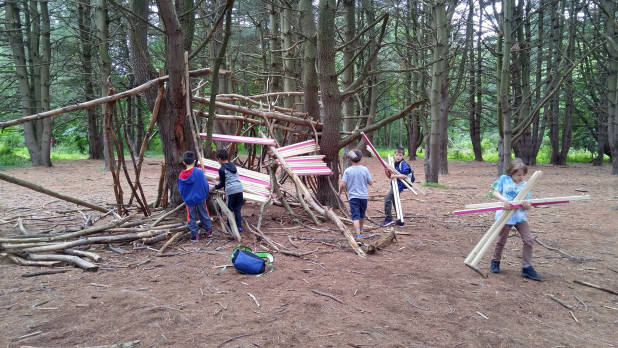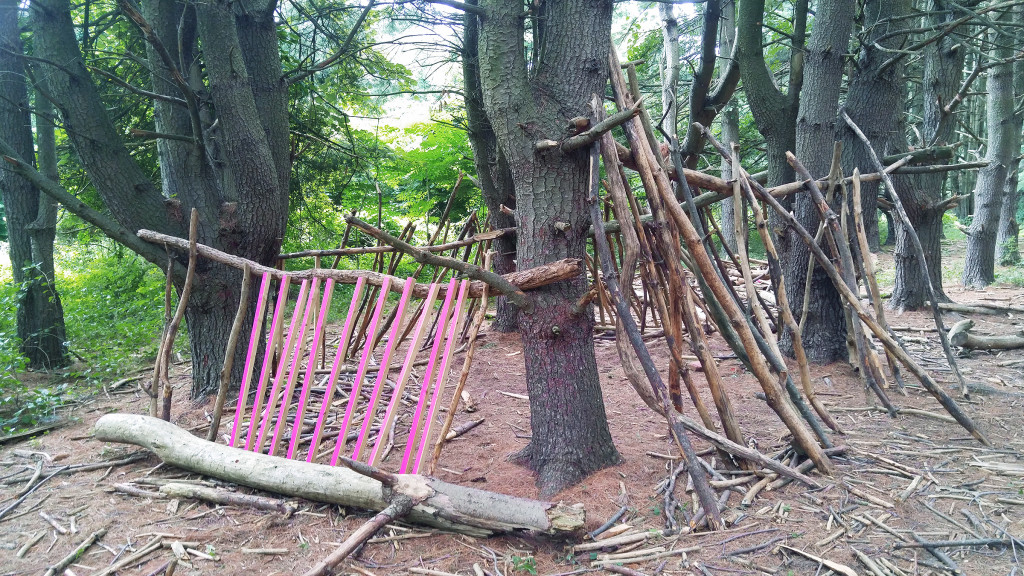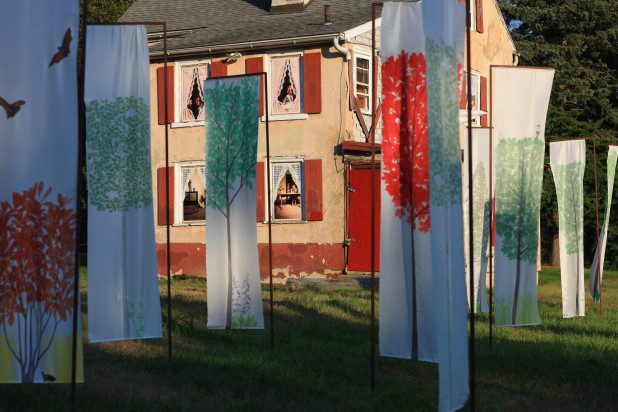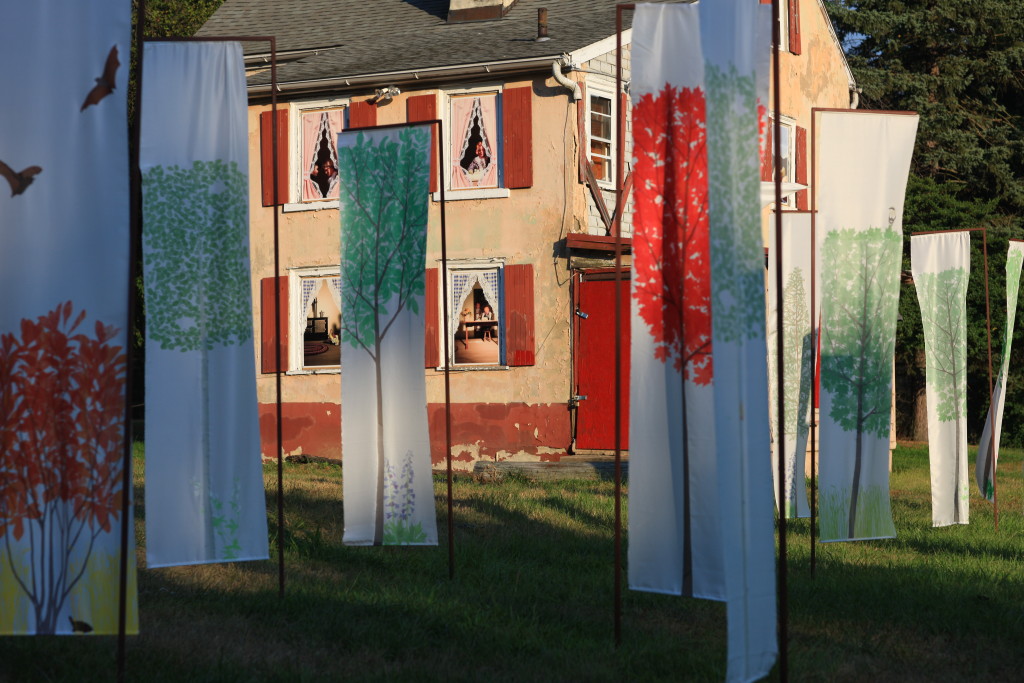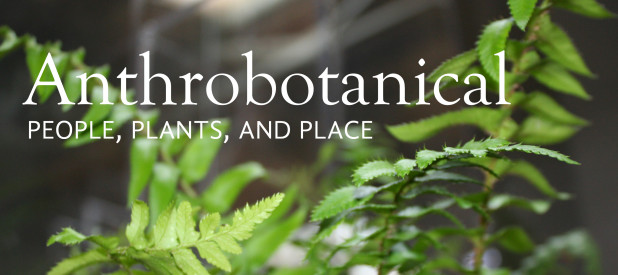
Photo courtesy of Vaughn Bell
By Christina Catanese, Director of Environmental Art
Most people know that we rely on plants for the food we eat and the air we breathe, but the interconnections between plants and people actually go much deeper and are more nuanced. Scientists continue to discover the complexities of how plants take in and respond to information, even communicating with each other through underground networks and chemical signals. Human systems powerfully influence plant communities, locations, and health – and they also exert a powerful influence over us.
Yet, despite the intricacies of the plant-human relationship, plants are often overlooked, even compared to other aspects of the natural world. Studies have demonstrated and revealed the concept of “plant blindness,” in which many people literally don’t see plants at all, as they become the equivalent of ecological wallpaper. We surround ourselves with representations of plants (they are all over our interior decorating, and certain kinds of plants are elevated in our traditions around holidays and significant milestones), yet we have little connection with the plants themselves, knowledge of their qualities, or their significance in our lives.
The Schuylkill Center’s fall gallery show features artists who explore the relationships between plants and people and the places they inhabit and move through – revealing and encouraging these oft overlooked anthro-botanical relationships.
Ellie Irons’ Invasive Pigments project investigates the origins and uses for plants that are often uncelebrated or even reviled – the plants we call weeds or invasive plants. Irons has been creating watercolor paint from the wild plants she finds near her studio in Brooklyn, and her watercolor maps help show the way these plants have moved globally in response to human systems.
Rachel Eng makes the connection of our reliance of plants not across space, but across geologic time. In unfired clay, Eng rendered plants from the Middle Devonian period in the Appalachian region that we know today as Marcellus Shale gas, then photographed them in Pennsylvania landscapes threatened by Marcellus Shale drilling. These foreign, extinct plants remain with us in the coveted form of natural gas, yet are rarely part of that highly politicized conversation.
Vaughn Bell’s Metropolis provides an immersive view of a representative sample of the Schuylkill Center forest, yet provides a wholly new perspective on these plant communities. Rather than looking down on the plants, or up to the tree tops, Metropolis puts the viewer at eye level with plants, equalizing this physical relationship. This shift in perspective allows for a more empathetic connection, seeing the world from a plant’s vantage point. The experience is multisensory, however – the dramatic smell and humidity change drives home just how much plants shape their own environments, and shape us. Metropolis’ form alludes to a city skyline, further connecting the ecological and urban systems that tend to be considered as separate.
The Environmental Performance Agency (EPA) is a new artist collective named in response to the proposed defunding of the U.S. Environmental Protection Agency. Deploying yet subverting the trope of a government bureaucracy, the group engages in a variety of practices centered on plant/human relationships, with urban weeds as mentors, collaborators, and stewards.
The artists in Anthrobotanical help us to see plants more clearly, and more in connection with ourselves. Scientists have discovered the mechanisms by which stands of trees merge their roots to share nutrients and resources, to modulate and protect against extreme weather conditions –the community becomes the priority over individual competition. We may do well to remember the extent to which our own roots are tied up with plants.
Please join us to celebrate the opening of Anthrobotanical with a reception on September 7th at 6 p.m. Enjoy light refreshments in the gallery and a guided tour of the exhibition. Anthrobotanical will be on view through December 9th.
 By Nicole Brin, Assistant Director of Early Childhood Education
By Nicole Brin, Assistant Director of Early Childhood Education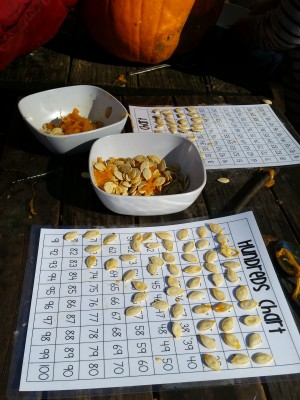 The inaugural Kindergarten class here at Nature Preschool is deep into its third month of school. If you walk into the classroom you will notice the book corner, art studio, block area, science and math manipulatives, and many other learning centers typical to an Early Childhood classroom.
The inaugural Kindergarten class here at Nature Preschool is deep into its third month of school. If you walk into the classroom you will notice the book corner, art studio, block area, science and math manipulatives, and many other learning centers typical to an Early Childhood classroom. 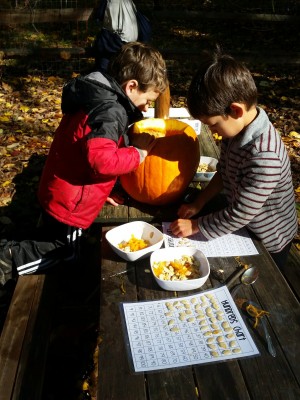 More likely however, you will be drawn to the more homey aspects of the room–the number line made from acorns and sticks, the wall of photographed discoveries, or the shelf of beetles, millipedes, and other nature treasures. Just like the preschool classes, the (self-proclaimed) Mighty Oak kindergarteners operate on an emergent and inquiry-based curriculum and spend a large portion of their day outside. Kindergarten at the Schuylkill Center is designed to be an extension of the Nature Preschool experience, while integrating the skills and concepts being taught in kindergartens all over Pennsylvania.
More likely however, you will be drawn to the more homey aspects of the room–the number line made from acorns and sticks, the wall of photographed discoveries, or the shelf of beetles, millipedes, and other nature treasures. Just like the preschool classes, the (self-proclaimed) Mighty Oak kindergarteners operate on an emergent and inquiry-based curriculum and spend a large portion of their day outside. Kindergarten at the Schuylkill Center is designed to be an extension of the Nature Preschool experience, while integrating the skills and concepts being taught in kindergartens all over Pennsylvania.
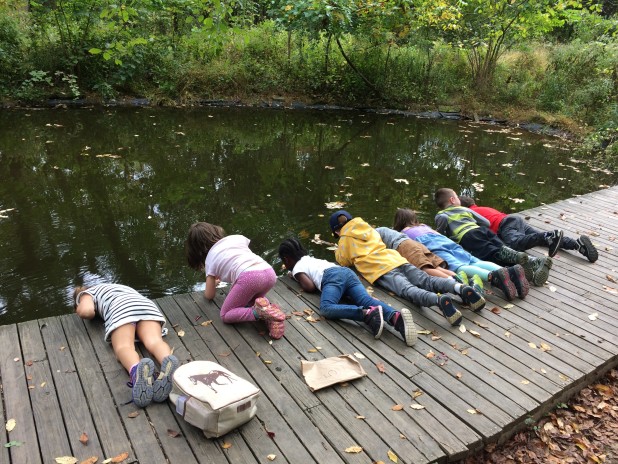
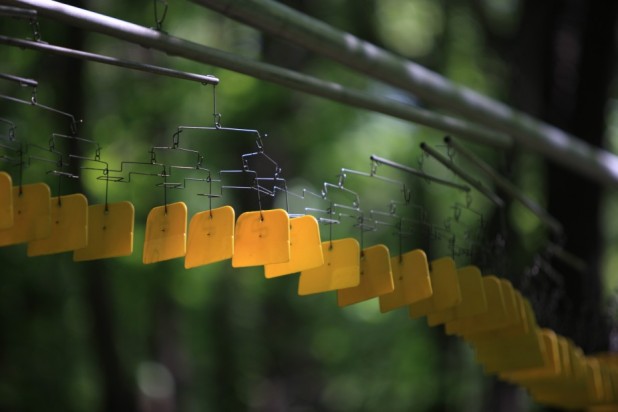
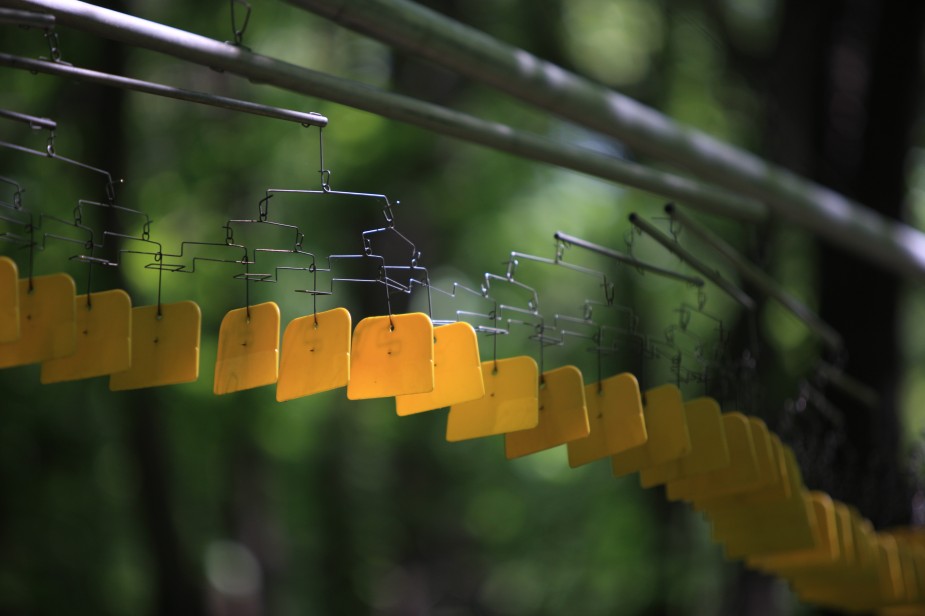 “I imagine a line in space. I build it straight and true and offer it to the wind.
“I imagine a line in space. I build it straight and true and offer it to the wind.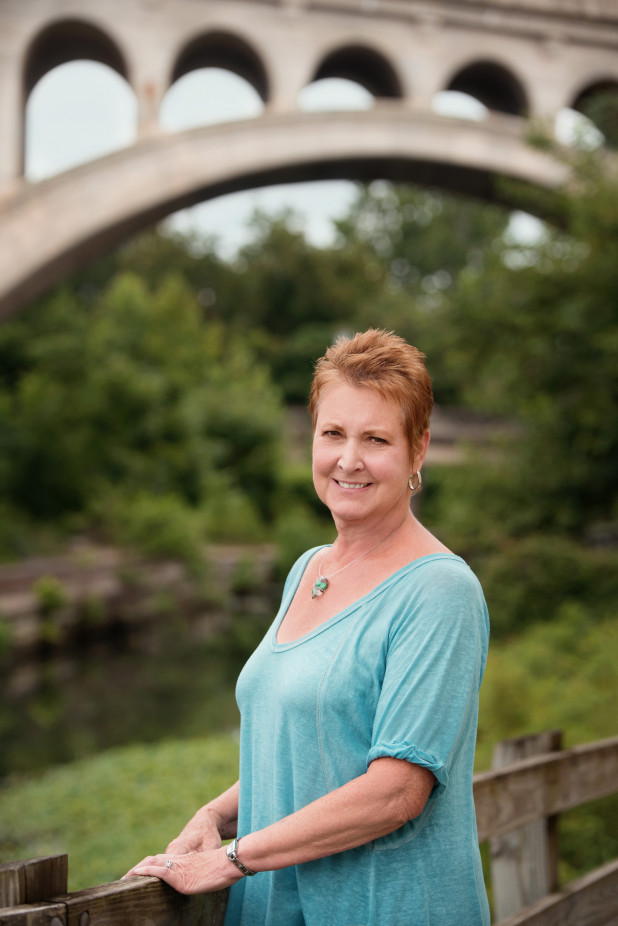
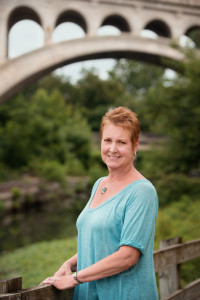 Founder of the incredibly successful
Founder of the incredibly successful 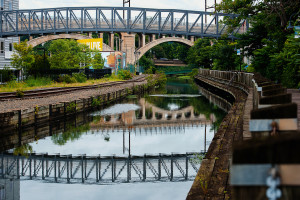 “I am deeply honored by the recognition for the work we all have done,” Kay said. “I say this because I feel that I am more a facilitator for the people who care about trails, nature, and greening. If people didn’t care the work never would have succeeded.”
“I am deeply honored by the recognition for the work we all have done,” Kay said. “I say this because I feel that I am more a facilitator for the people who care about trails, nature, and greening. If people didn’t care the work never would have succeeded.” 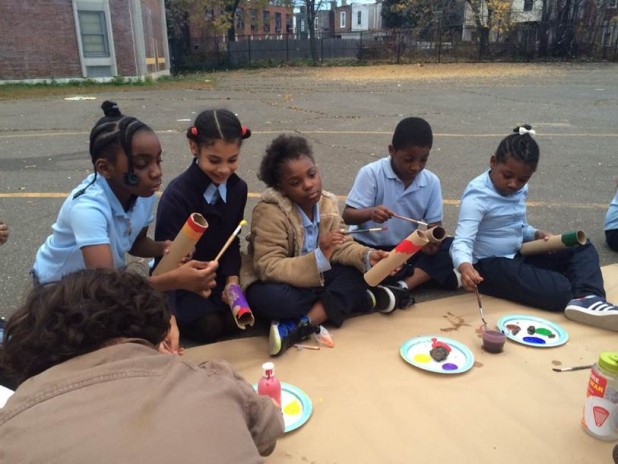

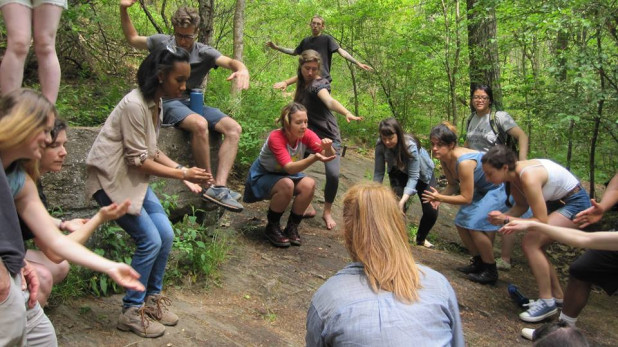
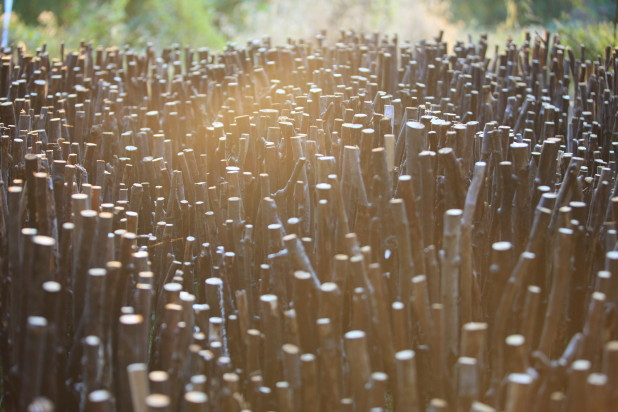
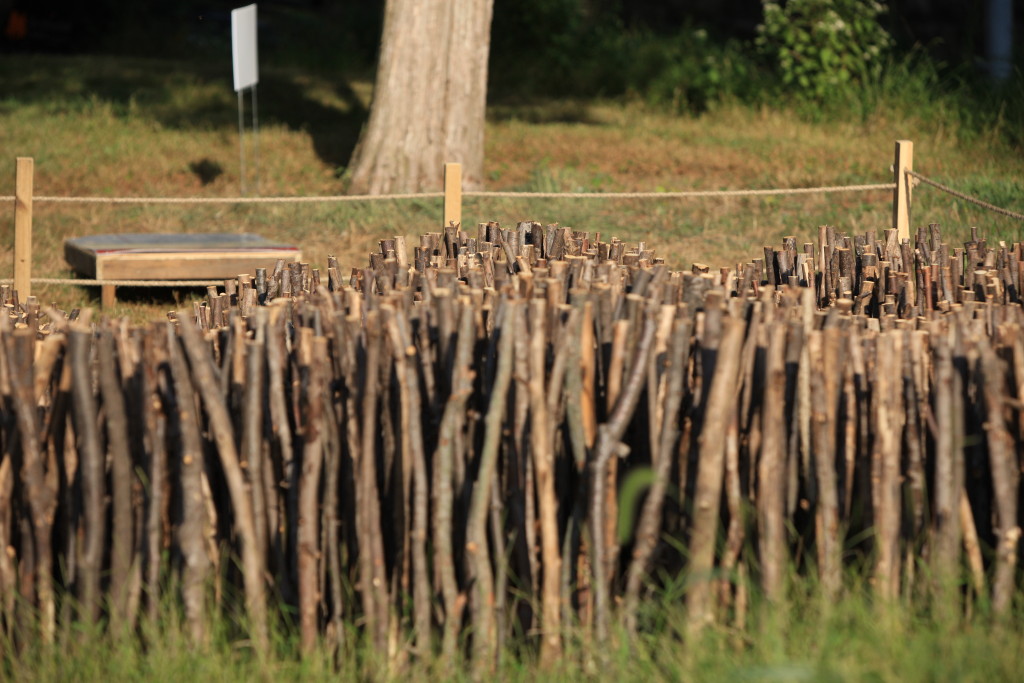 Jebney Lewis was among one of the artists that considered agricultural and cultural conditions that once existed at the farm at the time it was active.
Jebney Lewis was among one of the artists that considered agricultural and cultural conditions that once existed at the farm at the time it was active. 